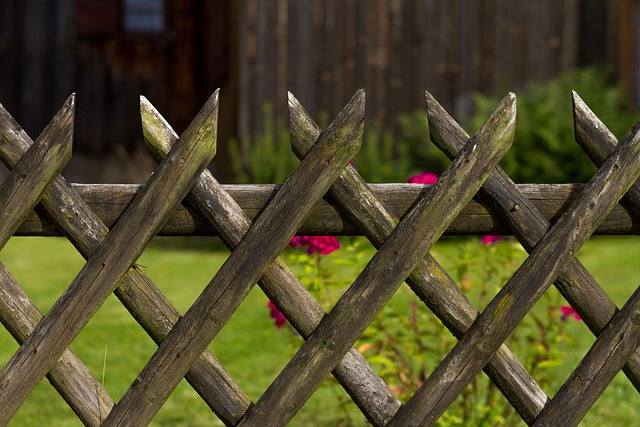In New Bedford, Massachusetts, a new fence can transform outdoor spaces, offering security, privacy, and aesthetic appeal. This guide explores the essential aspects of fence installation in the region, from understanding local needs to selecting durable materials and ensuring professional craftsmanship. Learn about the step-by-step process, reap the benefits of your investment, and discover simple maintenance tips to keep your new fence looking its best for years to come.
- Understanding Fence Installation Needs in New Bedford
- Choosing the Right Material for Your Fence
- The Process of Professional Fence Installation
- Benefits and Maintenance Tips for Your New Fence
Understanding Fence Installation Needs in New Bedford
In New Bedford, Massachusetts, understanding fence installation needs is paramount for any homeowner or business owner looking to enhance their property. The diverse climate and local landscape present unique challenges, requiring tailored solutions. For instance, strong winds and seasonal temperature changes can impact fence durability, necessitating materials that withstand these conditions. Additionally, navigating city regulations and property lines adds complexity, underlining the importance of professional guidance during the installation process.
The varied styles and purposes of fences in New Bedford also dictate a nuanced approach. From privacy fences to decorative barriers, each serves a distinct purpose. Homeowners might seek fencing for security, while businesses may focus on aesthetics or defining outdoor spaces. Professional fence installation services in New Bedford cater to these needs, offering expert advice, high-quality materials, and efficient labor to ensure satisfied customers.
Choosing the Right Material for Your Fence
When it comes to fence installation, selecting the right material is half the battle won. The choice depends on your personal preference, budget, and the intended purpose of the fence. Wood, for instance, offers a classic aesthetic appeal and can be stained or painted to match your desired style. It’s relatively affordable but requires regular maintenance to prevent rot and insect damage.
On the other hand, vinyl fencing is low-maintenance, durable, and available in various colors and styles. This material is resistant to weather changes and doesn’t require painting or staining. Steel fences provide exceptional strength and security, ideal for high-traffic areas or places needing extra protection. However, they can be more expensive and may need occasional rust prevention treatments. Consider your needs and long-term goals when making this crucial decision.
The Process of Professional Fence Installation
When it comes to professional fence installation, the process involves several meticulous steps designed to ensure a durable and aesthetically pleasing barrier. It begins with a detailed consultation where experts assess your property, taking into account factors like terrain, surrounding structures, and personal preferences. Based on this assessment, they provide tailored recommendations, including material choices, styles, and designs that best fit your needs and complement your landscape.
The installation itself is a carefully orchestrated dance involving measuring, marking, digging post holes, setting posts, attaching rails, and finally, securing the chosen fencing material—be it wood, vinyl, or metal—to these structural components. Throughout this process, professionals adhere to safety protocols and industry standards, ensuring not only a robust fence but also one that stands the test of time.
Benefits and Maintenance Tips for Your New Fence
A new fence installation can greatly enhance your property’s value, provide a secure boundary, and offer peace of mind. It serves as a physical barrier, deterring intruders while keeping your family and pets safe. A well-maintained fence also contributes to the overall aesthetics of your home, adding curb appeal and defining your outdoor space.
Regular maintenance is key to extending the life of your new fence. This includes cleaning the fence regularly to remove dirt and debris, inspecting it for any signs of damage or wear and tear, and repainting or resealing as needed. Promptly addressing issues like loose boards, rusted posts, or damaged rails will prevent minor problems from turning into major repairs.
